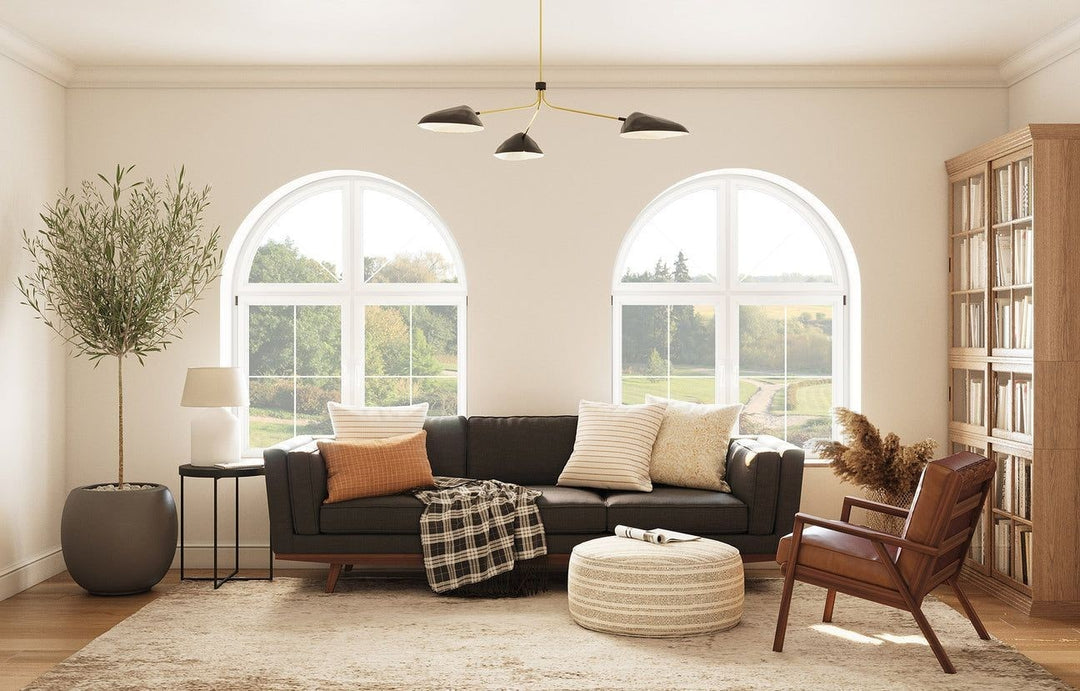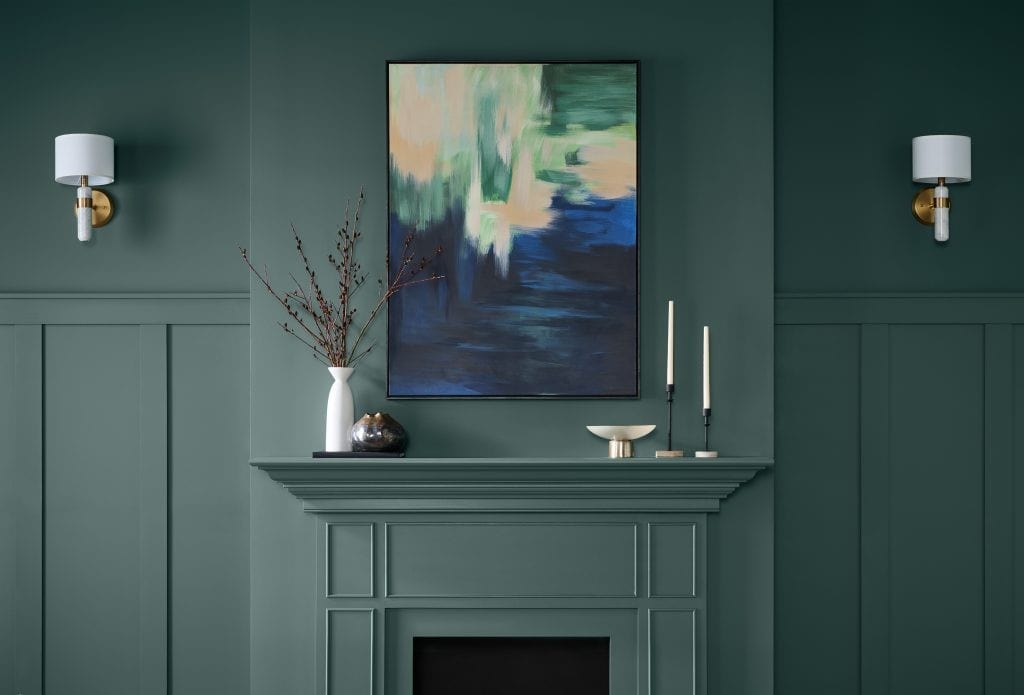8 Deck Trends That Will Transform Your Backyard in 2026
You are planning to upgrade your backyard this year, but you're unsure where to start. No worries, because we’ll let you know. Decking is the best way to begin with. Because every great backyard starts with a deck, which brings together style, look, and comfort, it’s not just an outdoor platform. If designed well, it becomes the focal point of your outdoor living. It’s where weekend coffees turn into family gatherings and quiet evenings stretch into long, relaxing nights.
2025 saw that decks are no longer traditionally made of timber; instead, they’re now built with modern and multifunctional themes, which balance beauty with purpose. Australian homeowners are choosing materials that are durable, sustainable, and low-maintenance, while going for the layouts that maximise both space and atmosphere. From composite boards and built-in seating to integrated lighting and earthy tones, the decking trends for the upcoming year focus on making the outdoors feel as refined as the indoors.
Instead of wasting more time, let’s go straight away to discuss the 8 deck trends backyard 2026 that will transform how your backyard looks, feels, and lives.
Top 8 Deck Trends Backyard 2026
1. Low-Maintenance Composite Decking
One of the most significant shifts influencing deck trends in 2026 is the increasing popularity of sustainable composite materials. Homeowners are becoming increasingly aware of both the environmental impact and the effort required for maintenance. Timber still has its charm, but homeowners are increasingly opting for modern composites that last longer, look better, and require minimal upkeep.
Modern composite decking combines recycled plastic and reclaimed wood fibres to replicate the natural warmth and grain of real timber, without worrying about warping, cracking, or constant refinishing.
Why is it a trend?
-
Eco-friendly construction: Made using recycled materials and produced through low-emission manufacturing processes.
-
Durability: Resistant to UV damage, fading, mould, and termites, built to handle Australia’s diverse climate conditions.
-
Safety compliance: Many composite options are now bushfire-rated (BAL-rated), offering added peace of mind in high-risk zones.
-
Low maintenance: Requires only occasional cleaning, no need for sanding, staining, or oiling.
-
Long lifespan: Warranties ranging from 15 to 25 years, ensuring colour retention and structural integrity over time.
-
Aesthetic versatility: Available in a wide range of tones and textures that closely mimic natural timber grains.
2. Rich, Earthy Colour Palettes

Colour trends in decking are shifting away from flat greys and washed-out tones. In 2026, homeowners are moving to embrace rich, organic hues that complement Australia’s natural landscape. These shades add warmth, dimension, and sophistication to outdoor areas, while still maintaining a clean, modern feel.
Why it’s trending:
-
Nature-inspired tones: Warm browns, such as walnut, mocha, and honeyed oak, are replacing cooler industrial greys.
-
Subtle depth: Dual-tone finishes and textured surfaces add realistic shading similar to aged timber.
-
Climate-conscious choices: Lighter colours help reduce surface heat absorption in direct sun, ideal for hotter climates.
-
Custom contrasts: Borders and inlays in darker shades create visual definition and structure.
-
Mood consistency: These tones blend flawlessly with stone, greenery, and natural furniture materials like rattan or teak.
3. Multi-Zone Deck Layouts
Decks are no longer designed as one open platform. In upcoming years, layouts are becoming more intentional, dividing space into multiple “zones” for dining, lounging, and entertaining. This design approach adds visual interest and enhances usability, especially in compact backyards.
Why it’s trending:
-
Functional separation: Define areas for different uses without needing walls or partitions.
-
Slight level changes: Incorporate small steps or raised sections to create a sense of flow between zones.
-
Material contrast: Combine decking boards with stone, tile, or concrete to visually differentiate spaces.
-
Built-in elements: Planters, benches, or screens help define areas while keeping the layout cohesive.
-
Accessibility: Gentle ramps or wide stairs make decks easier for all family members to navigate.
4. Smart Lighting and Built-In Technology
Outdoor lighting and automation are transforming how Australians use their decks. Innovative technology allows homeowners to control ambience, safety, and comfort at the touch of a button, and it’s becoming more affordable and easier to integrate than ever.
Why it’s trending:
-
Integrated lighting: LED strips, post lights, and step lights built directly into the deck structure.
-
Energy efficiency: Low-voltage and solar-powered options reduce energy use and wiring complexity.
-
Smart control systems: Remote, app, or voice-activated lighting for custom brightness or colour settings.
-
Weather-ready tech: Motion sensors and timers adjust lighting automatically based on time or movement.
-
Built-in power: USB and standard outlets hidden in benches or railings for convenient device charging.
-
Automated shade systems: Motorised pergolas and retractable awnings controlled via smart apps.
5. Built-In Seating, Storage, and Planters

In 2026, deck design is all about maximising every inch of space. Built-in features are becoming a standard part of modern outdoor layouts, offering seamless functionality without cluttering the area with standalone furniture.
Why it’s trending:
-
Space-saving design: Perfect for small backyards or patios where every square metre counts.
-
Integrated storage: Hidden compartments beneath benches or steps for cushions, tools, or décor.
-
Natural flow: Built-ins make the space feel designed, not furnished, with clean lines and a sense of continuity.
-
Multi-purpose use: Planters serve as both privacy screens and seating dividers.
-
Personalisation: Custom-built benches and planter boxes allow for creative shapes and finishes.
6. Nature-Driven Decking (Biophilic Design)
The biophilic design trend, which connects people with nature, continues to be a significant influence on outdoor architecture in 2026. Decks are now built to blend with the landscape, rather than dominate it. This approach results in spaces that feel calming, restorative, and more sustainable.
Why it’s trending:
-
Natural integration: Decks wrapping around existing trees or garden beds, rather than replacing them.
-
Organic textures: Boards with realistic grain and matte finishes replicate the natural appearance of timber.
-
Living greenery: Vertical gardens, vines, and potted plants built into railings or steps.
-
Eco-conscious materials: Use of FSC-certified timber, recycled composites, and non-toxic finishes.
-
Sensory experience: Soft lighting, natural textures, and flowing layouts promote relaxation.
7. Wide Boards and Pattern Layouts
Deck design is becoming more expressive, with patterns and plank sizes used to make outdoor spaces stand out. In 2026, traditional flooring styles are expected to experience a revival, adapted for modern materials and enhanced to improve the durability of outdoor furniture.
Why it’s trending:
-
Visual impact: Wide boards create a clean, expansive look with fewer seams.
-
Modern geometry: Patterns like herringbone, diagonal, and chevron add sophistication and movement.
-
Contrast framing: Using lighter or darker boards to border the main deck area.
-
Material flexibility: Mix composite, timber, and stone to create visual depth.
-
Custom craftsmanship: Patterned layouts showcase premium design without excessive cost.
8. Smart Small-Space Decking
With block sizes shrinking, small backyard deck ideas are becoming increasingly popular in Australian homes. Designers are using innovative layouts and multi-purpose features to make compact spaces functional and inviting.
Why it’s trending:
-
Floating decks: Easy-to-install platforms that create usable outdoor zones without complex foundations.
-
Built-in furniture: Benches, dining tables, and planter boxes reduce clutter.
-
Vertical design: Trellis screens, wall planters, or lighting panels add height and visual interest.
-
Light colour choices: Pale timber tones and reflective finishes make small spaces feel bigger.
-
Flexible layouts: Moveable pieces allow one space to serve multiple purposes, such as dining, lounging, or working.
Final Thoughts
Decks have come a long way from being just a place to stand or store a barbecue. Today, they’re where families gather, friends relax, and homes truly come to life. The deck trends backyard 2026 demonstrate how design is becoming more innovative, sustainable, and easier to maintain, whether through the use of composite materials, warm, earthy tones, or cleverly built-in seating.
The best part is that you don’t need a huge yard or a big budget to create something special. With thoughtful planning and the right materials, any space can feel inviting, practical, and built to last.
At Hudson Furniture, we love helping homeowners create outdoor spaces that feel like an extension of their home. Our range of handcrafted timber pieces and outdoor furniture blends seamlessly with modern decks, adding warmth, comfort, and timeless style.
If you’re planning your next backyard project, explore Hudson’s outdoor collection to find furniture that makes your deck feel complete. Contact us for further info!
Frequently Asked Questions
-
What are the top deck trends for 2026?
The biggest deck trends in 2026 include sustainable composite decking, earthy colour palettes, multi-zone layouts, and built-in seating with integrated lighting. -
What is the best decking material for Australian weather?
Composite decking is one of the best choices for Australian conditions. It resists UV damage, fading, and termites, making it perfect for hot, humid, or coastal areas. -
Can I build a modern deck in a small backyard?
Absolutely. Even small spaces can shine with innovative design. Try a floating deck, built-in seating, or vertical planters to maximise the use of your space. -
Are composite decks worth the cost?
Yes, they are. While the initial cost can be higher than that of timber, composite decks require very little maintenance, don’t need yearly staining or sealing, and last much longer.




